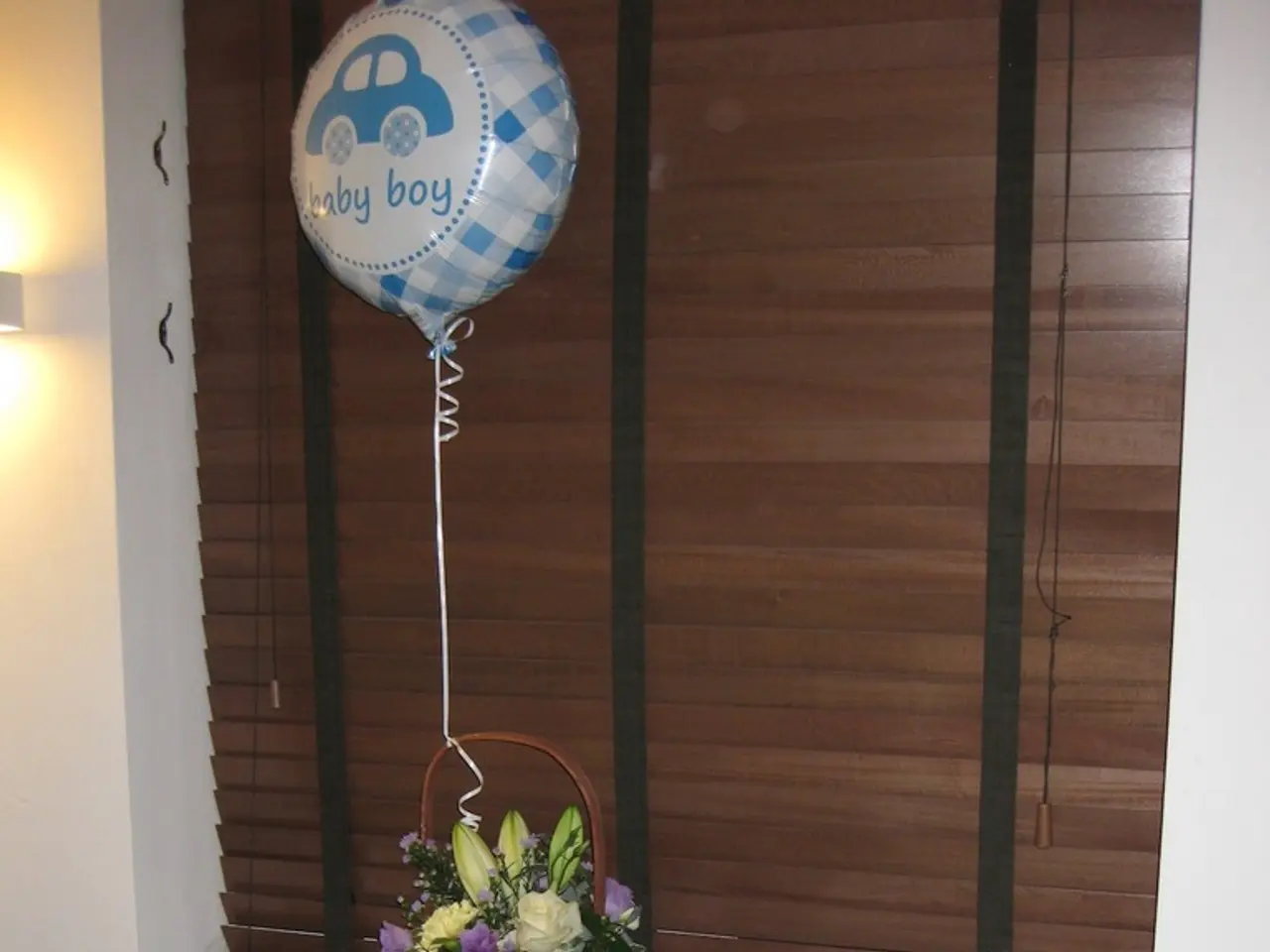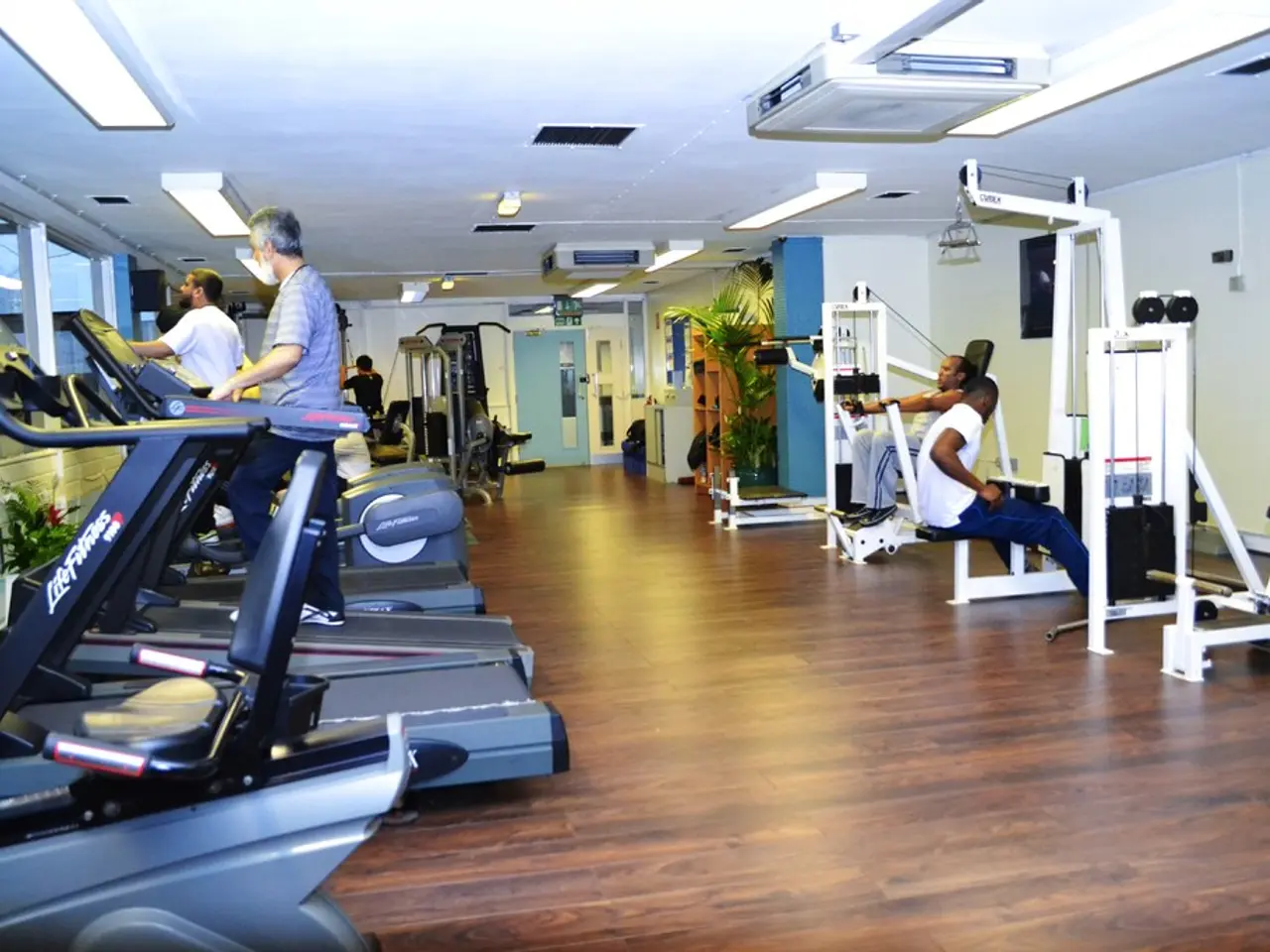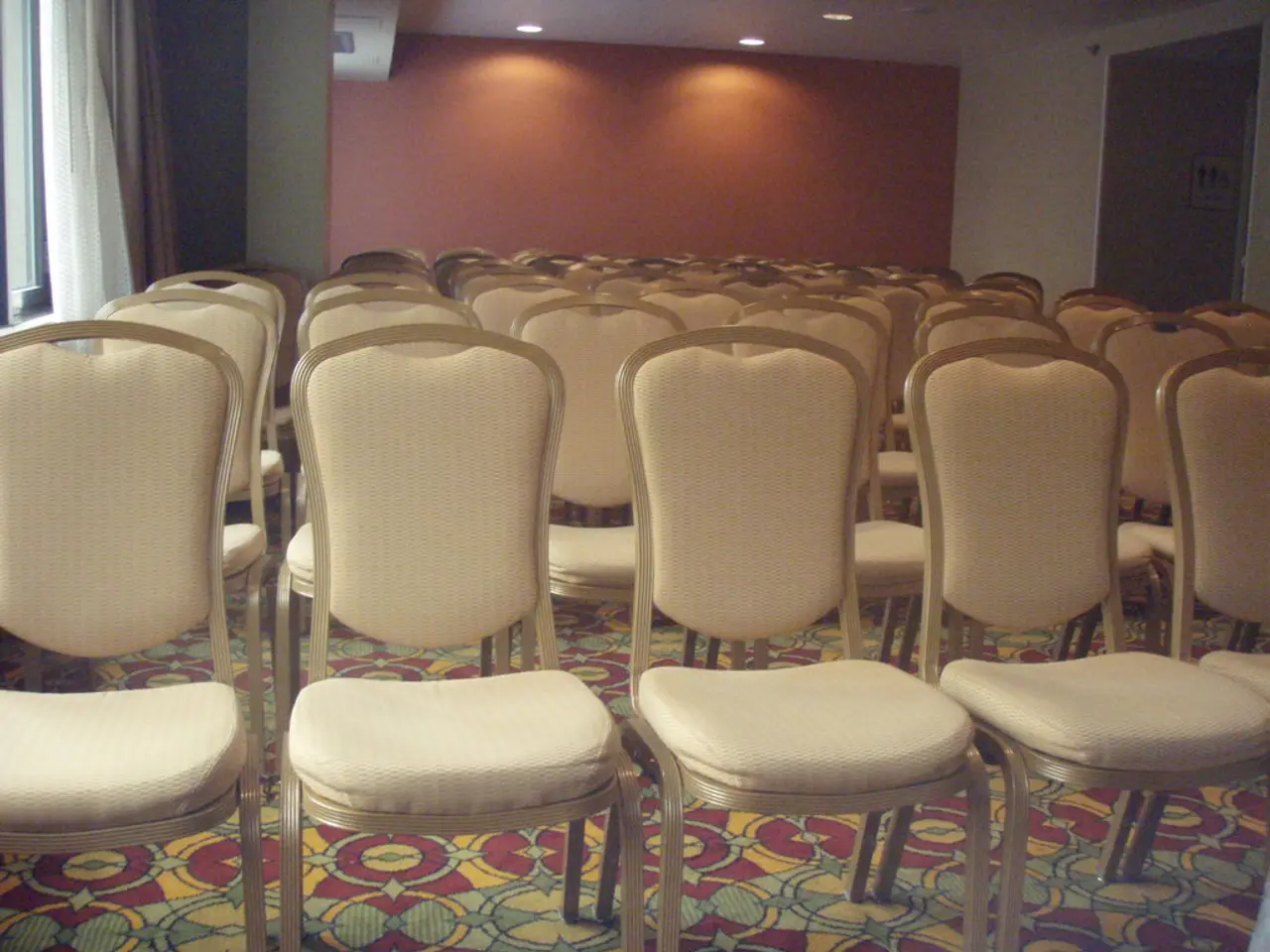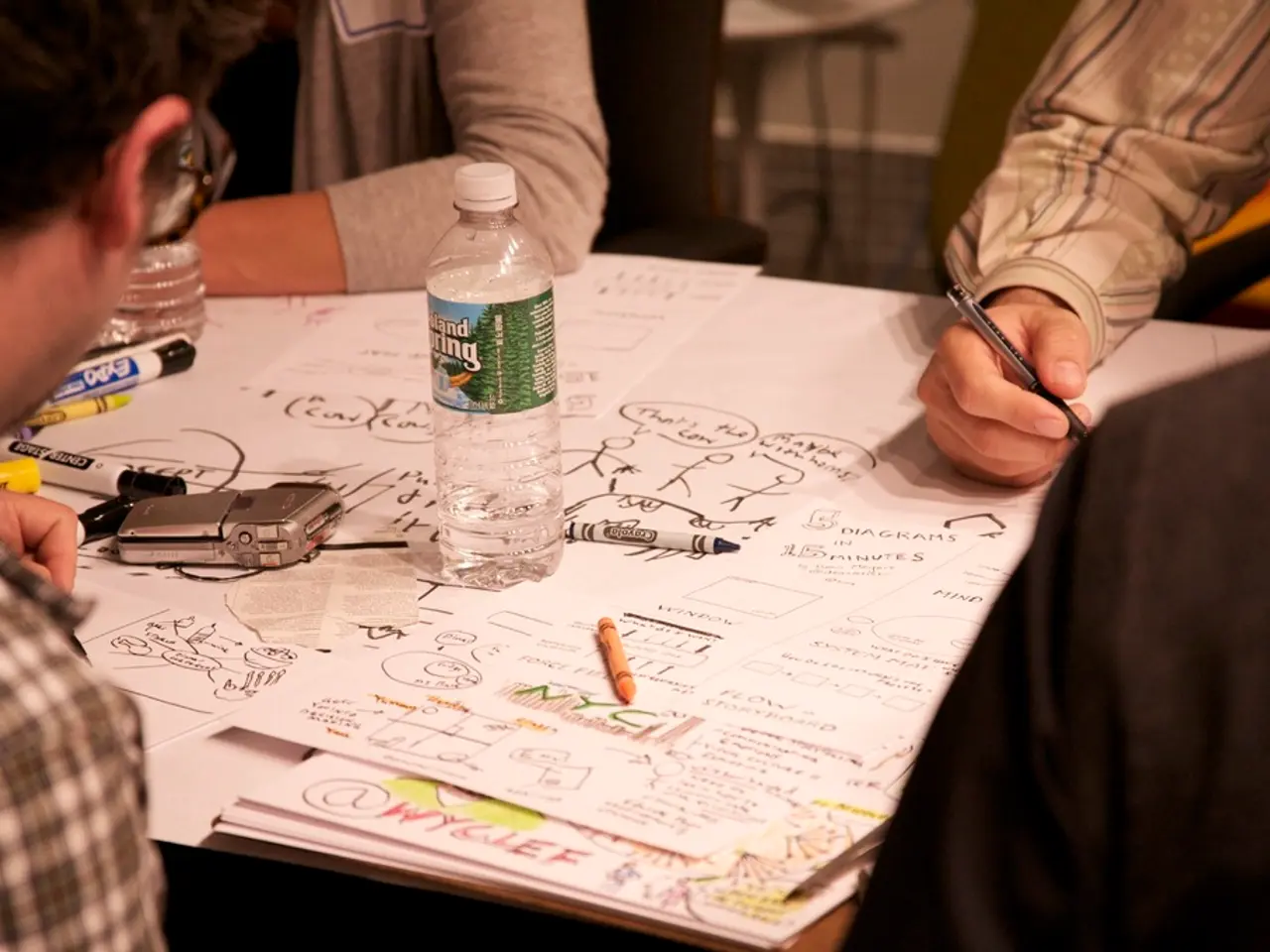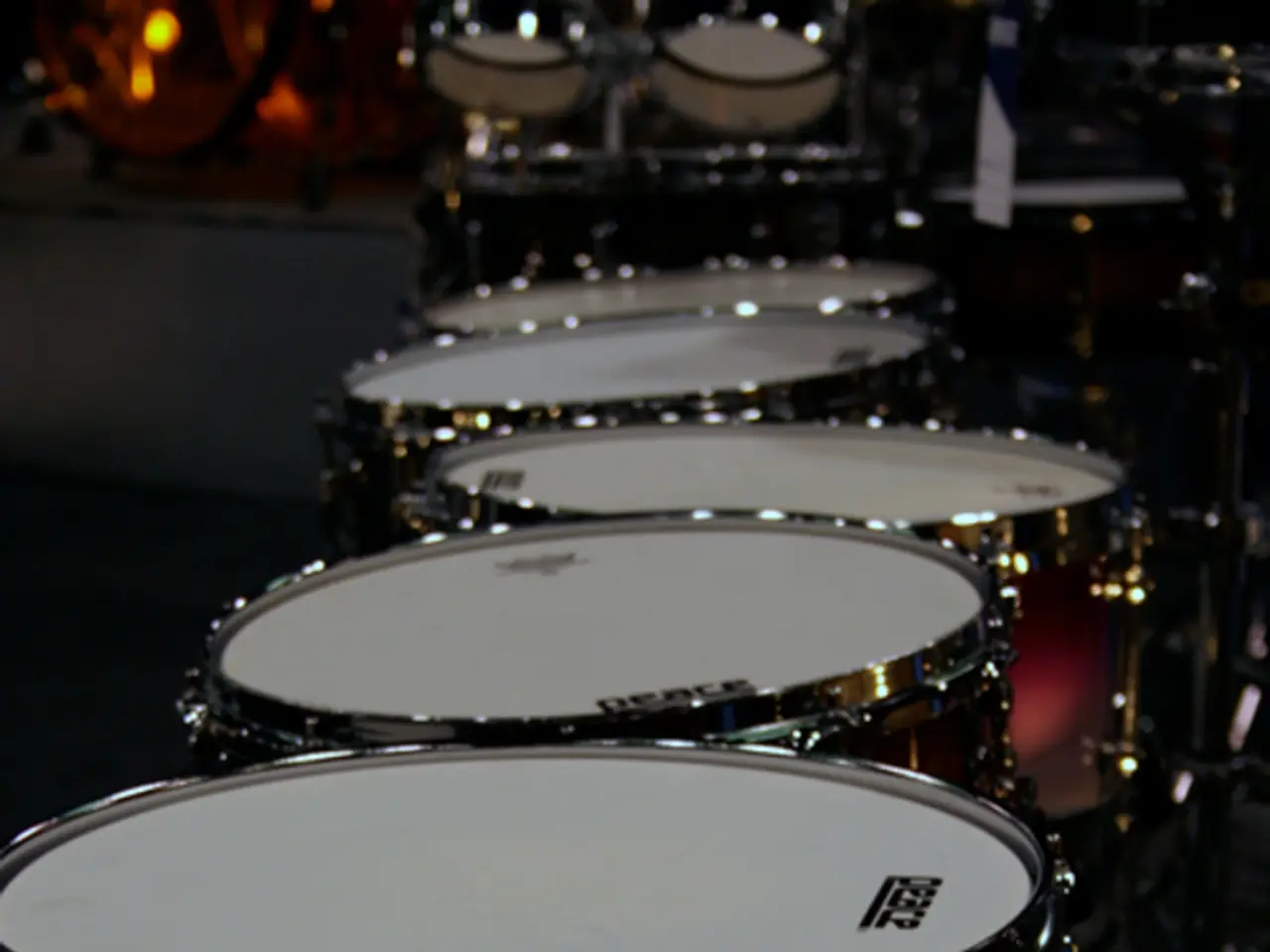Establishing a Secure and Nurturing Abode for Infant
Babyproofing your home is an essential step in providing a secure environment for your little one to explore and grow. Here's a room-by-room guide to help you identify and reduce specific hazards in your home.
Kitchen
In the kitchen, install childproof cabinet and drawer locks, especially where cleaning supplies, sharp utensils, or heavy cookware are stored. Use stove guards and appliance locks to prevent children from accessing hot surfaces or ovens. Remove tablecloths and keep hot items or small appliances out of your child’s reach. Anchor heavy furniture like microwaves or refrigerators if needed.
Living Room
In the living room, anchor TVs, bookshelves, and other heavy furniture securely to the wall to prevent tipping. Cover all accessible electrical outlets with safety covers. Keep cords from blinds or electronics out of reach to avoid strangulation risks. Use corner guards on furniture with sharp edges to prevent injuries.
Bedroom
In the bedroom, install window guards or stops to prevent falls from open windows. Ensure the crib mattress is firm with fitted sheets only—avoid soft bedding, pillows, or stuffed animals to reduce suffocation risk. Secure any furniture that might tip over, and keep cords from blinds or electronics safely out of reach.
Bathroom
In the bathroom, install childproof locks on medicine cabinets and drawers containing cleaning products or sharp items. Use anti-slip mats in the bathtub and shower area to prevent slipping. Set the water heater to 120°F (49°C) or below to avoid scalding burns. Keep the toilet lid closed or install a toilet lock to prevent accidental drowning.
Active supervision combined with these room-specific safety steps is essential for creating a safer environment as your baby becomes more mobile and curious. Tools like safety gates can also help, particularly near stairs or to restrict access to unsafe areas.
Maintaining a clean and organized nursery is essential for your baby's health and well-being. Regularly clean the crib, changing table, and any other surfaces with mild soap and water or baby-safe cleaning products. Choosing safe furniture for a baby's room includes selecting cribs that meet safety standards and have adjustable mattress heights, and making sure the changing table has safety straps.
Childproofing involves securing cabinets and drawers, installing safety gates, and covering electrical outlets. Store medications properly, out of reach and in a secure location, such as a medicine cabinet or locked box, to avoid accidental ingestion. Ensure that small objects, such as shampoo bottles, toys, or bath accessories, are kept well out of reach during bathing to reduce the risk of ingestion or injury.
To prevent slips and falls during bathing, place non-slip bath mats or pads on the bottom of the tub, preferably with suction cups to secure them firmly. Creating a safe home environment for a baby is crucial for their overall health and safety. Regularly disinfect your baby's toys and commonly touched surfaces using baby-safe disinfectant wipes or a mixture of water and mild soap to minimize the risk of germs and infections.
Bathing a baby safely includes checking water temperature, consistently monitoring the water temperature throughout the bath, and using a reliable thermometer. Using non-toxic cleaning products and keeping harmful substances, such as cleaning supplies and medications, out of a baby's reach is important for maintaining cleanliness.
- As your baby starts exploring and growing, it's crucial to apply active supervision alongside room-specific safety measures in areas like the kitchen, living room, bedroom, and bathroom for a secure environment.
- In the kitchen, install childproof locks on cabinets and drawers storing cleaning supplies, sharp utensils, or heavy cookware to prevent access.
- Anchor furniture like microwaves or refrigerators in the kitchen to prevent tipping, and keep hot items or small appliances out of reach for the baby's safety.
- In the living room, secure TVs, bookshelves, and heavy furniture to the wall and use safety covers for electrical outlets to reduce risks.
- Create a safer bedroom by installing window guards or stops, ensuring a firm crib mattress without soft bedding, and securing furniture to prevent tipping.
- Maintaining a clean and organized nursery is vital for the baby's health, which involves regularly cleaning the crib, changing table, and using baby-safe cleaning products.
